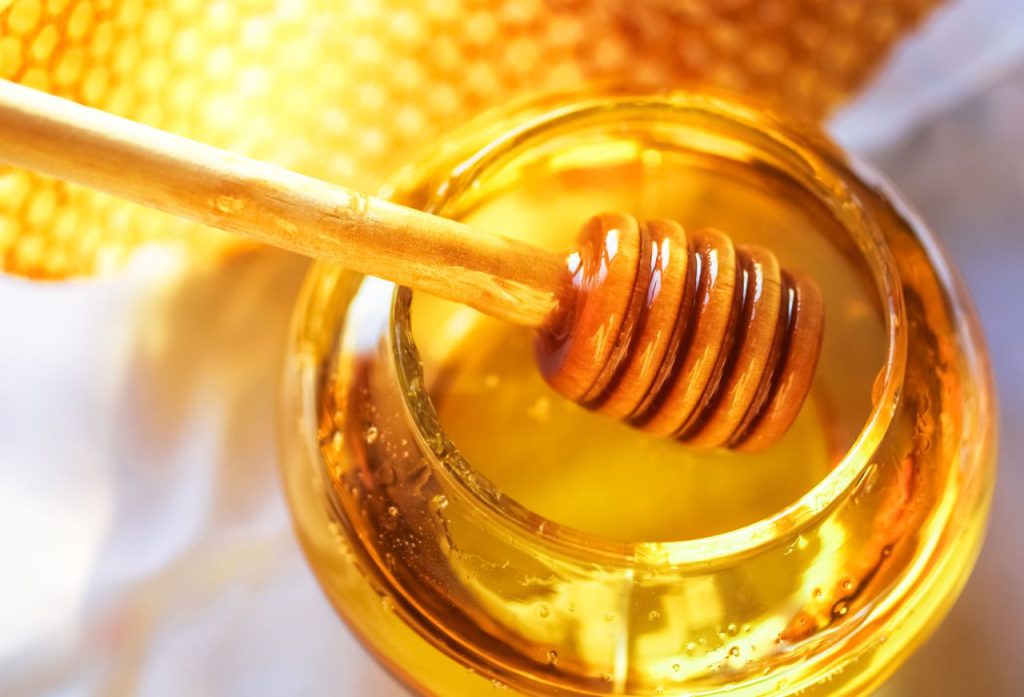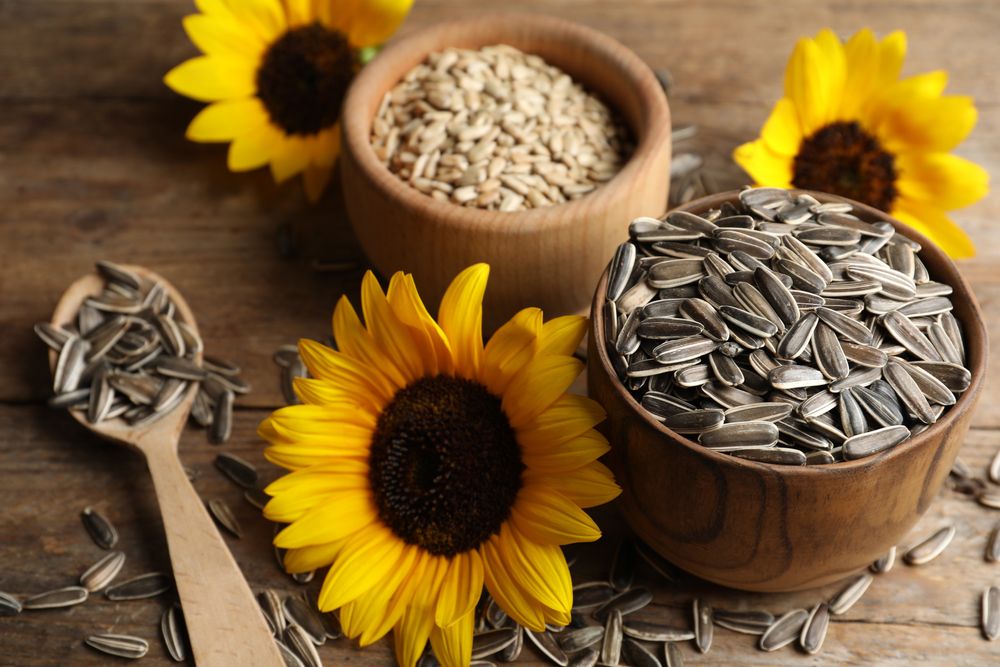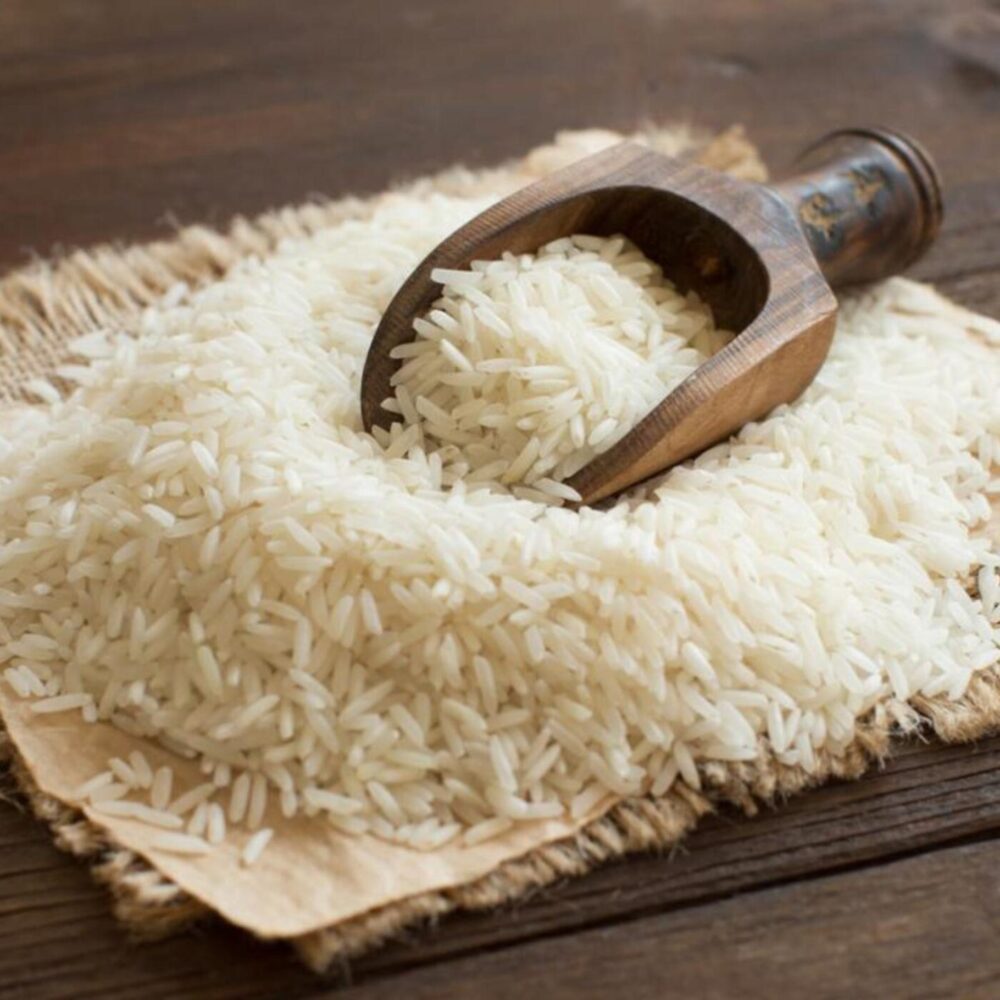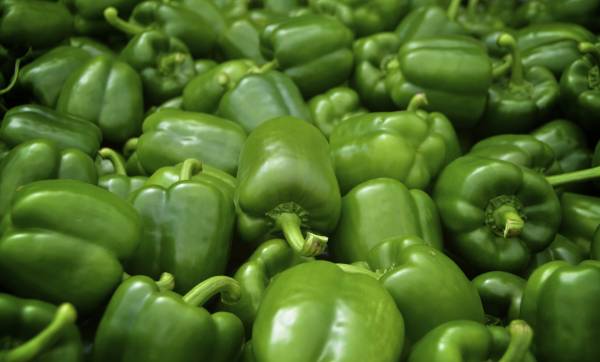Properties Honey is a sweet and viscous food made by honey bees and some related insects. Sweet food made by honey bees using nectar from flowers .
Bees produce honey through the pure honey per litre sugary secretions of plants (floral nectar) or from the secretions of other insects (such as honey), by regurgitation, enzymatic activity and evaporation of water.
Bees store honey in a waxy structure called honeycomb. Honeys produced by honey bees (genus Apis) are best known for their commercial production worldwide and human consumption.
Honey is collected from colonies of wild bees or from hives of domesticated bees, a practice known as beekeeping or beekeeping.
Honey gets its sweetness from fructose and glucose monosaccharides and has almost the relative sweetness of sucrose (table sugar).
This substance has attractive chemical properties for cooking and has a distinctive taste when used as a sweetener. Most microorganisms do not grow in honey, so sealed honey does not spoil, even after thousands of years.
Fifteen milliliters (1 American tablespoon) of honey provides about 190 kJ ( of food energy.

French honey from different flower sources, with significant differences in color and texture
The use and production of honey as an ancient activity has a long and varied history. Several cave paintings in Cuevas de la Araña in Spain show humans foraging for honey at least 8,000 years ago.
Compounds
Honey is produced by honey bees collecting nectar and honey to be used as sugars to support the metabolism of muscle activity during foraging or stored as a long-term food source.
During foraging, honeybees access a portion of the collected nectar to support the metabolic activity of the flight muscles.
and most of the collected nectar is prepared for re complexation, digestion, and storage as honey. to be In cold weather or when other food sources are scarce, adult bees and larvae use stored honey as food.
By building nests for swarms of bees in man made hives, people have been able to semi-plant the insects and harvest excess honey. In the hive or wild nest, there are three types of bees:



